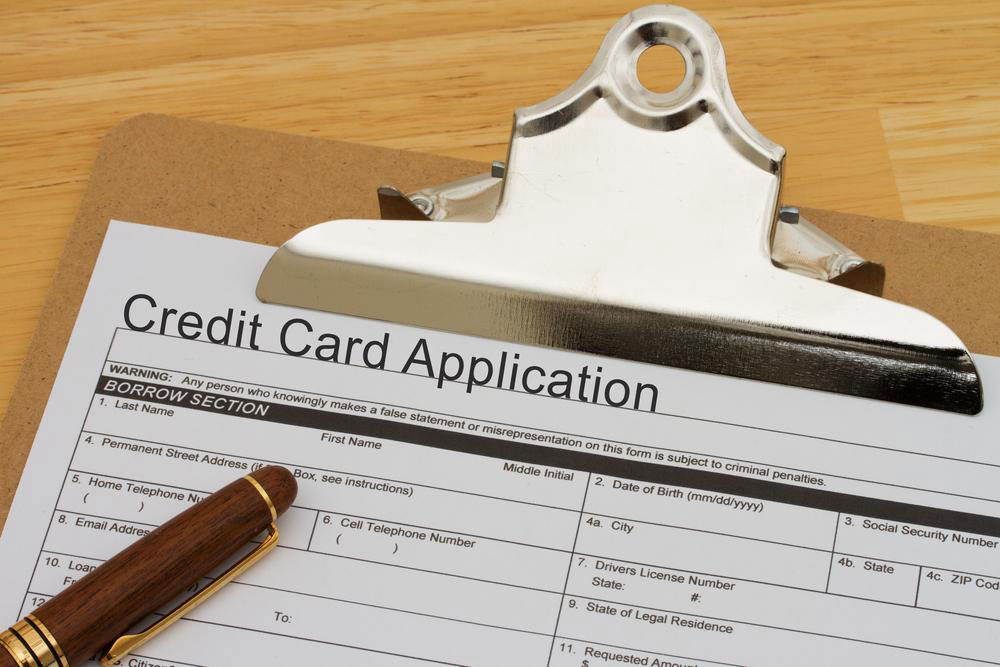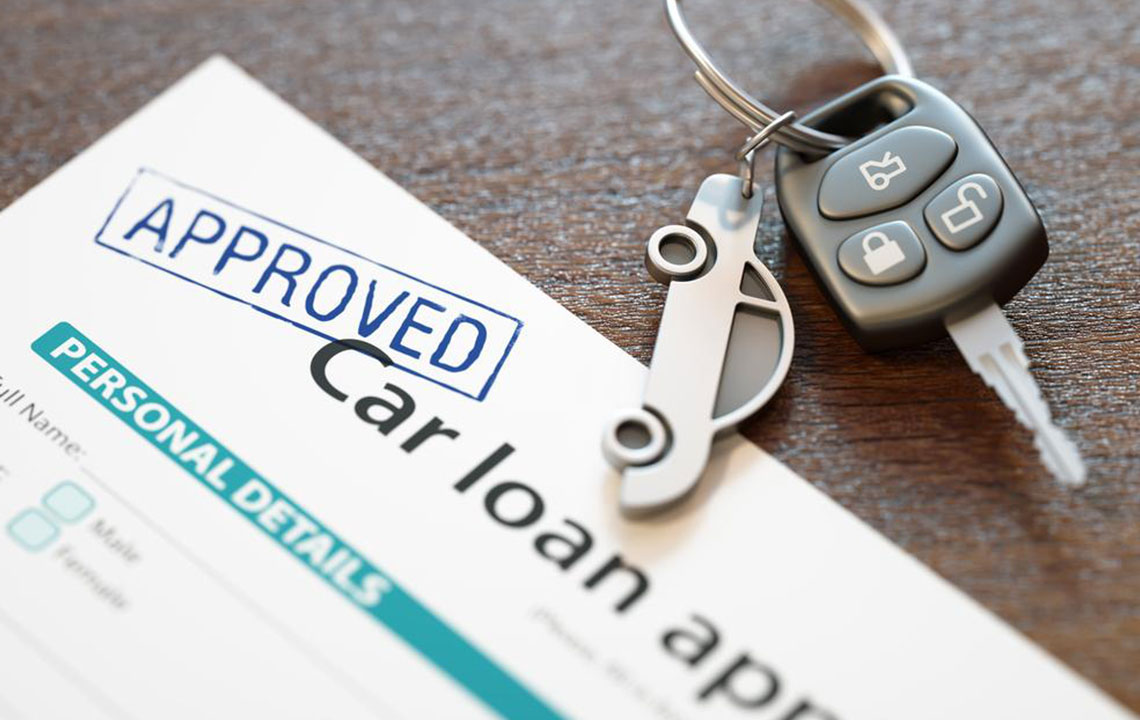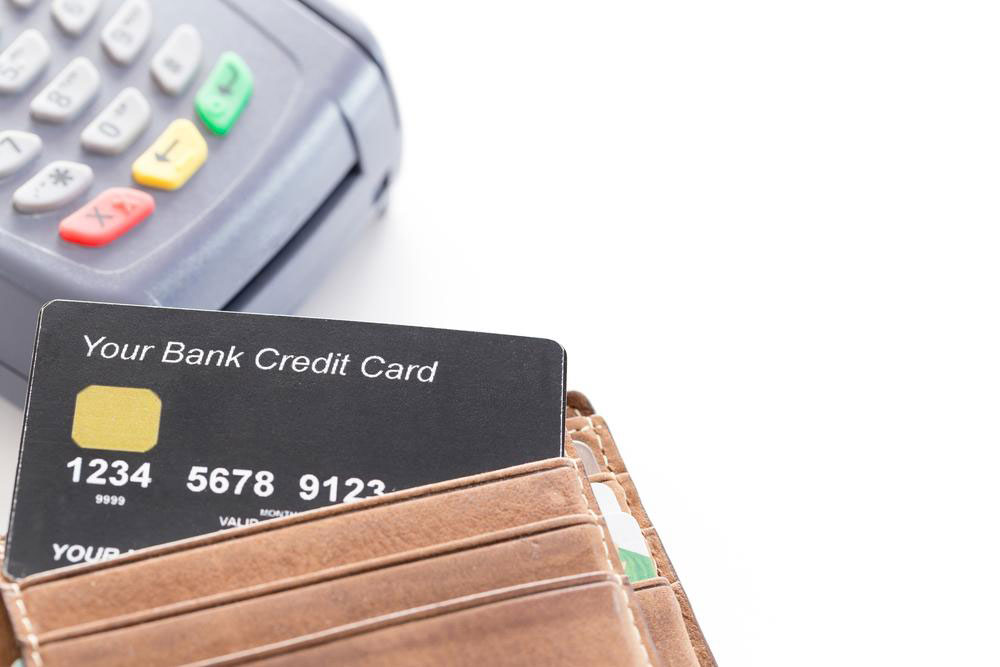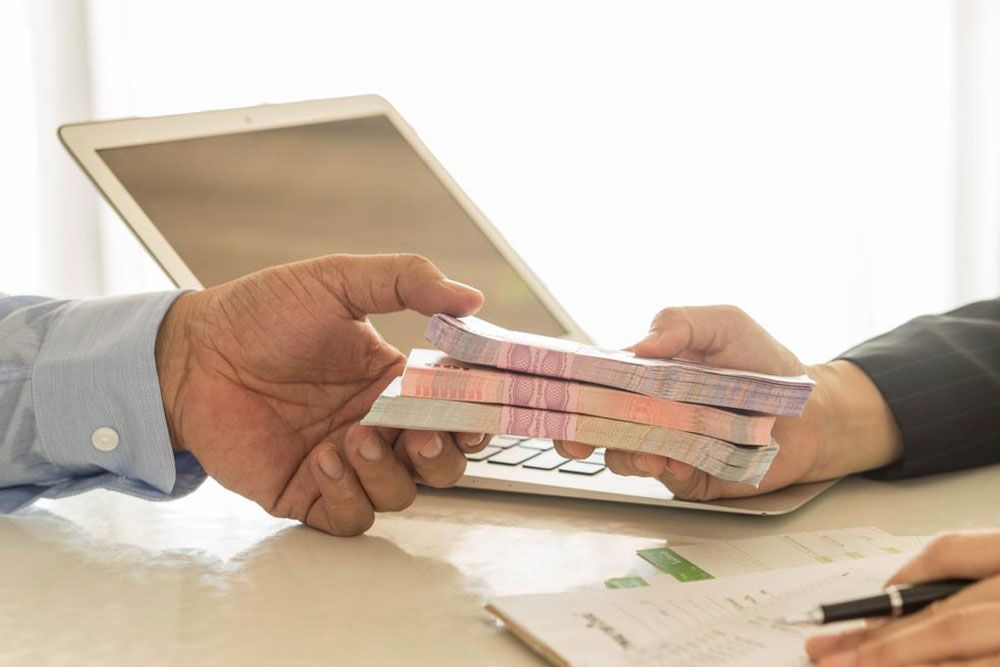Essential Tips to Consider Before Applying for Your First Credit Card
Begin your credit journey wisely by understanding secured vs. unsecured cards, grace periods, interest calculations, minimum payments, and fees. Responsible use can help build a strong credit score, opening doors to financial opportunities and better loan terms. Starting with a secured card, making timely payments, and keeping utilization low are key strategies for long-term success in managing your first credit card effectively.
Sponsored

Before you apply, it's important to understand key aspects to make informed decisions.
Should you opt for a secured or unsecured credit card?
Secured credit cards require a cash deposit that usually matches your credit limit, providing collateral for lenders and reducing risk. Unsecured cards don’t need collateral, but often come with stricter approval criteria. Starting with a secured card can help new users develop responsible spending habits and build credit. After a few months, you may switch to an unsecured card, cancel the secured one, and reclaim your deposit. For unsecured cards, you might need a co-signer or a stronger credit history.
What is a grace period and how does it work?
A grace period is typically 21 to 25 days during which you can pay your credit card balance in full without incurring interest. For example, if you make a purchase on March 10, a 21-day grace period may extend until April 1. Paying within this timeframe avoids interest charges, which are calculated from your daily periodic rate based on your APR. Note that cash advances do not qualify for grace periods, and they often carry higher interest rates and fees.
How is interest on credit cards calculated?
To avoid interest, pay your balance in full each month. If you carry a balance, understanding your APR (Annual Percentage Rate) is crucial. AP R is converted into a daily rate—by dividing by 365—to determine daily interest costs. For example, a 16% APR translates to approximately 0.0439% daily interest. This rate is applied daily until the balance is paid off, increasing your overall debt.
What determines your minimum monthly payment?
Lenders usually set a minimum payment to prevent late payments and maintain your credit score. This amount is often based on either a percentage of your balance or a combination of the balance, interest, and fees. For example, a 3% minimum payment on a $1,000 balance would be $30. Late or partial payments may incur penalties or additional charges.
How do credit cards influence your financial health?
Your credit score impacts your ability to secure loans and favorable rates. Factors include new credit applications (10%), types of accounts (10%), length of credit history (15%), credit utilization (30%), and repayment history (35%). Starting with a single credit card allows you to establish a solid foundation. Keeping your utilization below 30% and making timely payments can boost your score. Avoid applying repeatedly for multiple cards, as frequent applications can lower your credit score. Consistent, responsible use over time yields the best results.
What other fees should you be aware of?
Several fees may apply, but many can be avoided. Typical charges include annual fees (common with premium reward cards or high-risk users), balance transfer fees (for consolidating debt), foreign transaction fees (about 3-4% of overseas purchases), and late payment fees (approximately $35). To minimize costs, choose cards that waive foreign transaction fees and pay bills on time.
Don’t be discouraged if your first credit card application gets rejected. Starting with a secured card with a low credit limit can improve your chances of approval. Focus on steady payments and responsible credit use for at least a year. Paying balances in full monthly helps build your credit score. With disciplined management, you can transition to an unsecured card and enjoy more benefits in the future.






